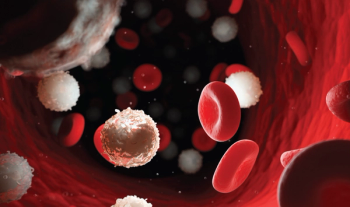
Gavin Jones, MD, and colleagues explore the landscape of radiation therapy in diffuse large B-cell lymphoma.

Your AI-Trained Oncology Knowledge Connection!


Gavin Jones, MD, and colleagues explore the landscape of radiation therapy in diffuse large B-cell lymphoma.
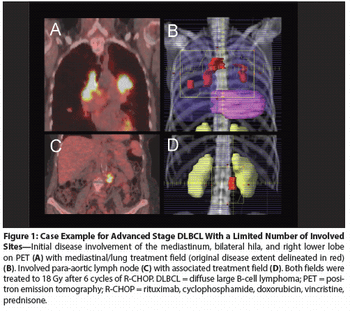
In this review, we will first briefly summarize prior attempts to improve outcomes in advanced DLBCL using systemic therapy approaches, and then we will highlight the potential role of RT in advanced DLBCL.
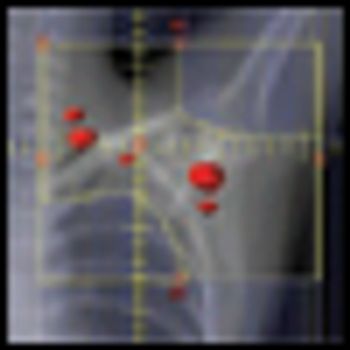
In Hodgkin lymphoma, as with many other malignancies, a combined-modality approach has proven successful. This tactic capitalizes on the relative advantages of both modalities, yet minimizes risk by avoiding intense exposure to either. This article will summarize the data supporting this approach in early-stage Hodgkin lymphoma.

The effectiveness of RT in the palliative setting is sometimes overlooked; however, RT can provide excellent palliation for patients whose disease becomes refractory to other modalities.

Lung cancer is the leading cause of cancer mortality in the United States. Local recurrence after surgery for operable disease has long been recognized as a hindrance to long-term survival. Postoperative radiation therapy was logically explored as a means to improve local control and survival. Multiple randomized trials were conducted, many showing improved local control, but none demonstrated a statistically significant survival benefit.

Lung cancer is the leading cause of cancer mortality in the United States. A significant number of patients present with disease involving mediastinal lymph nodes. As survival after surgery alone for stage III disease is poor, radiation therapy and chemotherapy have been evaluated in the neoadjuvant and adjuvant settings to improve outcomes. The benefit of adjuvant chemotherapy in the subgroup of patients with N2 disease is uncertain. Small randomized trials enrolling patients with stage III disease have shown a benefit of neoadjuvant chemotherapy over surgery alone. Whether neoadjuvant chemotherapy is superior to adjuvant chemotherapy is under investigation. Furthermore, whether neoadjuvant chemoradiotherapy is superior to neoadjuvant chemotherapy is controversial, and few randomized studies comparing these approaches have been reported. Nevertheless, neoadjuvant chemoradiotherapy appears to be associated with higher rates of resection, higher rates of clearance of mediastinal nodal disease, and better local/regional control. The use of postoperative radiation therapy (PORT) has declined since the publication of the 1998 meta-analysis suggested a detriment in survival with this strategy. However, radiation techniques are improving and emerging data support the use of carefully delivered PORT. Finally, it remains unclear whether surgical resection offers an advantage over definitive chemoradiotherapy alone for stage III disease. In summary, locally advanced NSCLC remains a formidable challenge with few cures, and optimal treatment requires the careful use of surgery, chemotherapy, and radiation therapy.
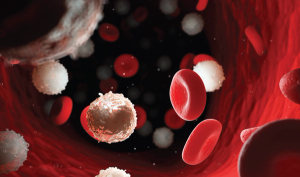
Published: December 21st 2022 | Updated:

Published: March 1st 2008 | Updated:
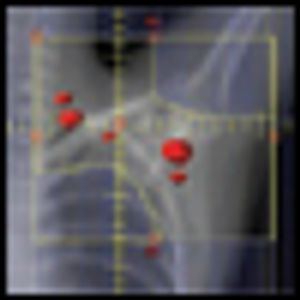
Published: December 18th 2012 | Updated:

Published: December 1st 2010 | Updated:

Published: September 1st 2006 | Updated:
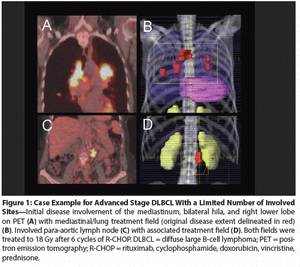
Published: December 15th 2014 | Updated: